Rows of Old and Abandoned Lobster Traps Photograph by John Telfer - Pixels
4.8 (285) In stock
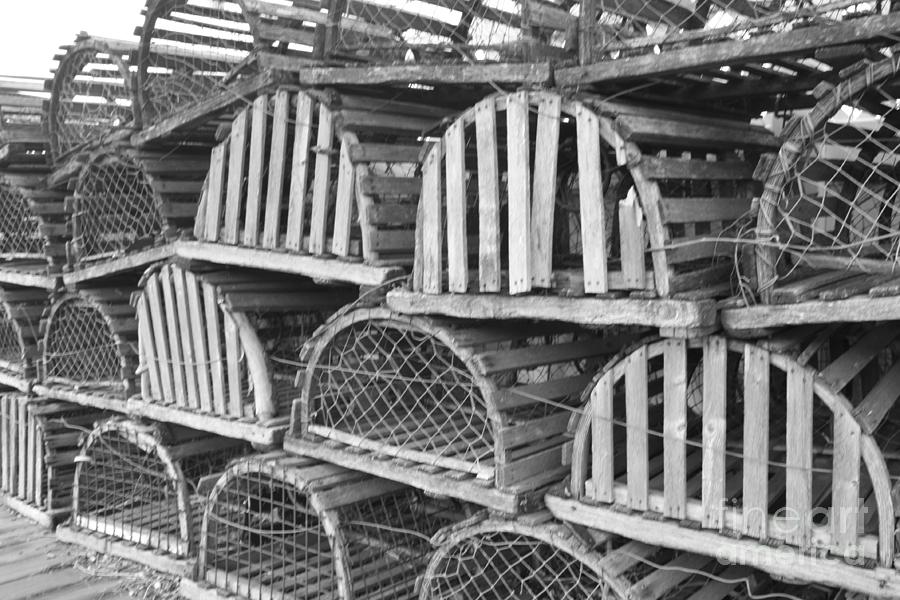
Rows of Old and Abandoned Lobster Traps is a photograph by John Telfer which was uploaded on June 18th, 2012. The photograph may be purchased as wall art, home decor, apparel, phone cases, greeting cards, and more. All products are produced on-demand and shipped worldwide within 2 - 3 business days.
FAA WATERCOLOR MARK DOES NOT APPEAR ON FINAL SALESWhile walking through the Nautical Mile located in Freeport, New York on the south shore of Long Island. I came across these various abandoned lobster traps that were old and abandoned and had seen better days. I asked someone about them who had them sitting at his facility and he said these were the actual traps used on the trollers that would leave the fishing ports in Freeport and head out into the ocean to capture lobsters, crabs, and clams. He informed me these ones had been disregarded due to their age and condition. But they had been around for quite sometime and had seen a lot of action. I photographed these rows of old abandoned lobster traps that were broken and unusable anymore in black and white to give it that vintage aged effect of the days when they were used. A lobster trap or lobster pot is a portable trap that traps lobsters or crayfish and is used in lobster fishing. A lobster trap can hold several lobsters. Lobster traps are constructed of wire and wood. An opening permits the lobster to enter a tunnel of netting. Pots are usually constructed in two parts, called the chamber or ?? 1/2 kitchen?? 1/2 , where there is bait, and exits into the ?? 1/2 parlour?? 1/2 , where it is trapped from escape. Lobster pots are usually dropped to the sea floor about a dozen at a time, and are marked by a buoy so they can be picked up later. The trap can consist of a wooden frame surrounded by a rope mesh. The majority of the newer traps found in the Northeast of the USA and the Canadian Maritimes consist of a plastic-coated metal frame. A piece of bait, often fish or chum, is placed inside the trap, and the traps are dropped onto the sea floor. A long rope is attached to each trap, at the end of which is a plastic or styrofoam buoy that bears the owner's license number. The entrances to the traps are designed to be one-way entrances only. The traps are checked every other day by the fisherman and rebaited if necessary. One study indicated that lobster traps are very inefficient and allow almost all lobsters to escape.[1] Automatic rebaiting[2] improves efficiency.Featured 6/19/12 Black and White GroupFeatured 6/20/12 The Best OfFeatured 7/3/12 Fishing - Saltwater OnlyFeatured 7/4/12 Your Favorite Art WorkFeatured 7/6/12 The Photographers CafeFeatured 4/17/17 Yachting and Waterfront ArtFeatured 8/24/18 ABC GroupFeatured 11/12/18 Stripes and LinesFeatured 11/15/18 10 PlusFeatured 4/30/19 USA Photographers Only
Our weekender tote bags are chic and perfect for a day out on the town, a staycation, or a weekend getaway. The tote is crafted with soft, spun

Vintage 1960 Keystone 8 Mm Movie Projector Weekender Tote Bag
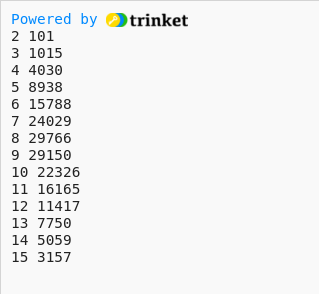
ScrabbleCounter

Rows of Old and Abandoned Lobster Traps Photograph by John Telfer

Hyphenation
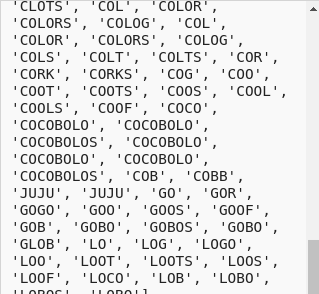
boggle game

Gapers Block : GB Book Club : Chicago Books - Events
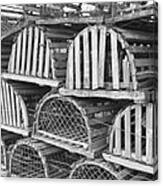
Rows of Old and Abandoned Lobster Traps Photograph by John Telfer - Pixels
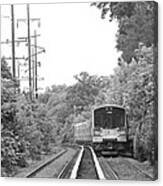
Long Island Railroad Pulling into Station Photograph by John Telfer - Pixels

PDF) Geographic Technologies applied to Marine Spatial Planning and Integrated Coastal Zone Management

Rows of Old and Abandoned Lobster Traps Photograph by John Telfer
Quality Fishing Traps in 2024 - Sail Top Reviews
How to Catch Live Bait for Saltwater Fishing
Kisangel 6 Pcs Fish Bag Lobster Traps for Saltwater
Trap Wire-Galvanized Wire Square Mesh for Salt Water – Lee Fisher
1 Set Professional Crawfish Traps Foldable Lobster Traps with Supporting Rod
 Kayak Cover Waterproof UV Resistant Kayak Cover Outdoor Kayak Storage Dust Cover for Boat Kayak Canoe SUP Paddleboard - AliExpress
Kayak Cover Waterproof UV Resistant Kayak Cover Outdoor Kayak Storage Dust Cover for Boat Kayak Canoe SUP Paddleboard - AliExpress Red October 7.5 Ninja Tubes - Unrigged (3pk)
Red October 7.5 Ninja Tubes - Unrigged (3pk)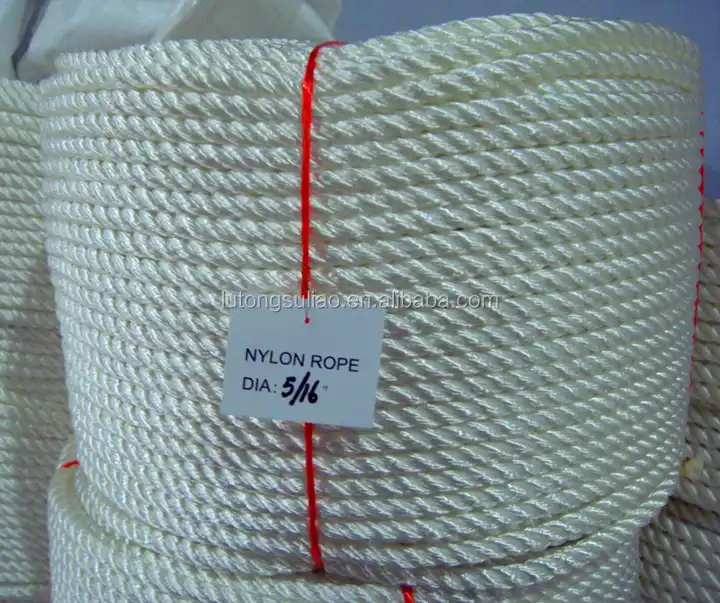 high tenacity 3 strands dacron rope
high tenacity 3 strands dacron rope Reel Case Shimano PC-031 LARGE ✴️️️ Reel Cases ✓ TOP PRICE - Angling PRO Shop
Reel Case Shimano PC-031 LARGE ✴️️️ Reel Cases ✓ TOP PRICE - Angling PRO Shop 310 E 6th Ave, Mitchell, SD 57301
310 E 6th Ave, Mitchell, SD 57301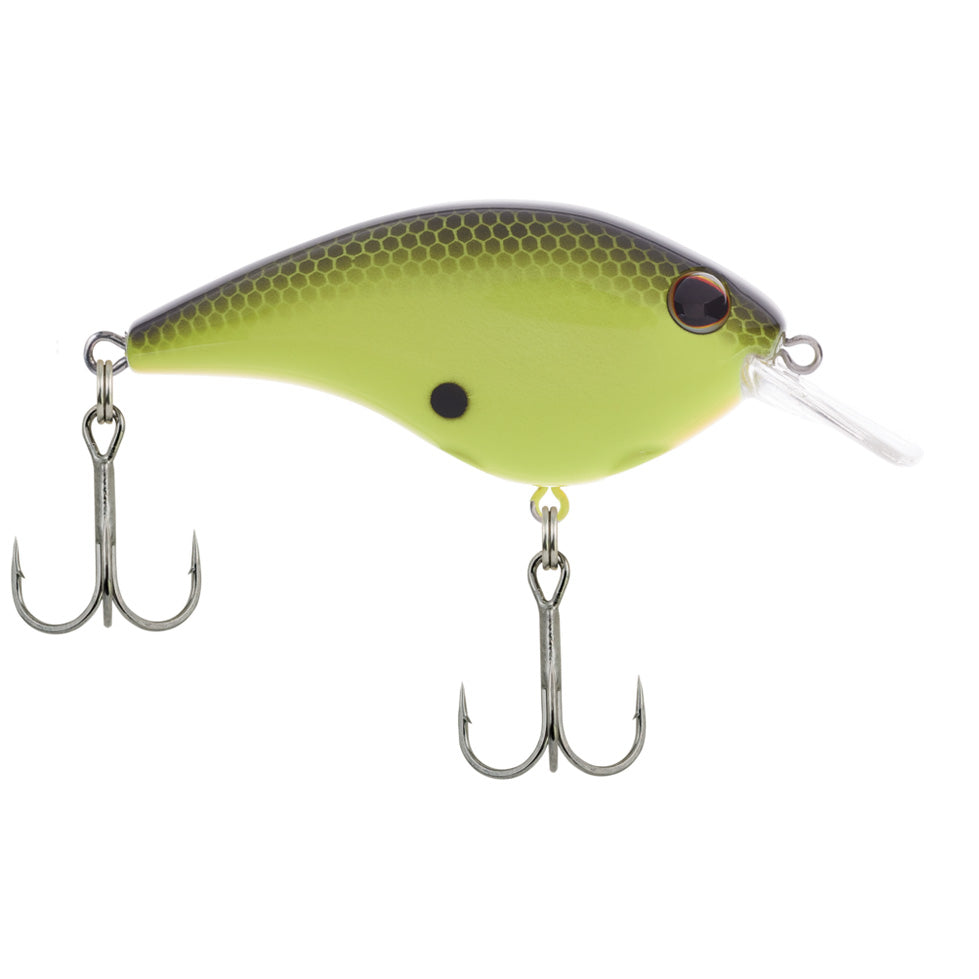 Berkley Frittside Crankbait - 2 - Black Chartreuse
Berkley Frittside Crankbait - 2 - Black Chartreuse